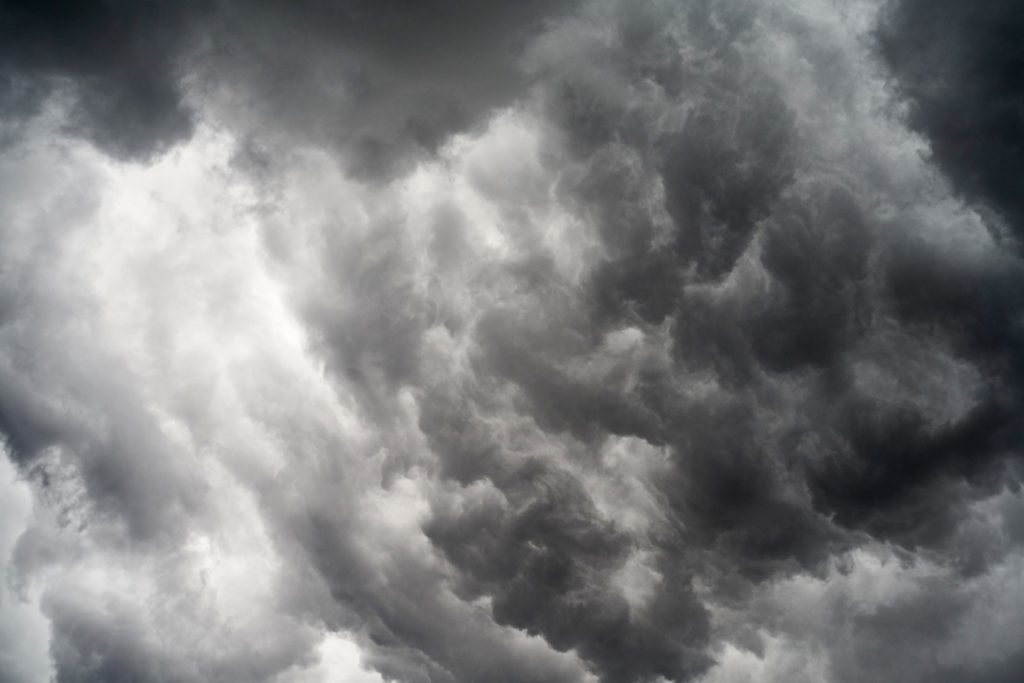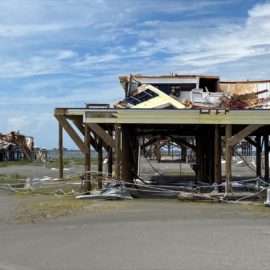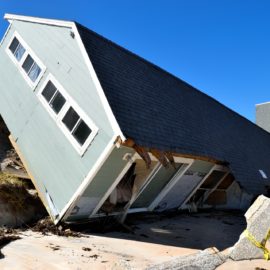
The hurricane came and South Plaquemines Parish was hit hard. The problems persist.
Like most of the 7,000 or so residents of lower Plaquemines Parish, Sandy Gilbert couldn’t check on her home for more than a week after Hurricane Ida blew through southeast Louisiana. Extensive flooding along Louisiana 23 rendered the West Bank’s main road impassable, and even driving atop the Mississippi River levee wasn’t safe for days. In the meantime, the storm’s moisture infiltrated Gilbert’s Boothville trailer after the winds broke its seal, softening her recently remodeled walls and buckling the floors. While the exterior looked almost untouched, dangerous evidence of leaks and flooding grew within. “We couldn’t get back, and now the black mold’s taken over everything,” Gilbert said Tuesday, sitting with friends at a picnic table behind the Den Lounge in Venice. “It’s going to have to be completely gutted.”
nola.com
The waters came and rain and it was not an enjoyable experience. Especially afterwards.
Here, at what a 1982 film documentary called “the ends of the earth,” Ida pushed an 8-foot wall of Gulf of Mexico water over the short levees along a 15-mile stretch of Plaquemines between Ironton and West Pointe à la Hache. Several inches of water remained on the highway nine days later, making it accessible only to high-water vehicles. Motorists in conventional cars rolled along the river levee in a slow convoy for hours to check their properties. What they found, in addition to damage and mold, was no electricity and no access to safe drinking water. While many have emergency generators to keep the lights on, the extended period without drinking water was something few had experienced in past storms. Breaks in water pipes between Belle Chasse and Port Sulphur, from Ironton houses that were ripped apart and airboats smacking fire hydrants hidden in the floodwaters, have delayed the return of water service to south Plaquemines, said Patrick Harvey, the parish government’s director of homeland security and emergency preparedness. Parish Council member Richie Blink compared the process to “trying to pump water through a cheese grater.” The Water Department first tried to force drinking water from the Belle Chasse treatment plant, but those major leaks downstream made it ineffective. Huge generators on loan from the state were recently flown to water treatment plants near Port Sulphur and Boothville, but both have their challenges: Leaks around the Port Sulphur plant are too severe to use it, and the Boothville plant has been out of service for years. “The Water Department and contractors are trying to locate ways to valve and cut the water off from these areas to pump [flood]water down,” Harvey said. “Residents are expecting us to flip switches, but we’re doing good with what we have.”
No power, no water, no life. The road was cut, not the first time, and yet they have to survive.
After Hurricane Isaac in 2012, Louisiana 23 was under water for about two weeks, Harvey recalled. Ida’s storm surge was two feet higher and covered an additional 3 miles of road, but draining it has been faster this time, Harvey said. Still, faster doesn’t mean fast enough to some residents. At the Den Lounge, Duke Berghman, who was one of as many as 250 residents who rode out the storm in Buras, said the government’s response has been slow. The first two Humvees with bottled water and MREs couldn’t pass through the flood until Sept. 2, four days after the storm. “They’re eating food; we’re eating MREs,” Berghman said angrily, questioning why resources weren’t flown in. “And if I hear that word ‘resilient’ again in the media, I’m going to punch them in the mouth.”
It does not stop. Rain comes, again, and there it not time to dry out.
A short but intense rainstorm rolled in overhead. Opal Watkins, who also suffered rain damage to her trailer, raised her hands to the sky. Standing in the downpour, she shouted bitterly, “Look, we’ve got water in Plaquemines Parish.” A beat passed. “Rain water.” Blink has been toting supplies down on his boat: MREs, drinking water and food for abandoned pets. “It’s very much a ‘sh-t hits the fan’ scenario here,” he said. “There’s just pieces of infrastructure that need to be here that are not here.” Redundancy in providing drinking water is among those pieces of infrastructure, he said: “This is really four disasters piled on top of each other at one time.” Though residents can access homes from West Pointe à la Hache to Venice, Harvey said they should come just to check on their property and assess damage – not stay.
Infrastructure. An infrastructure bill is in congress and I bet the representatives of this area will vote against it.
“We’re not encouraging them to stay because, one, they don’t have water, and they don’t have lights,” he said, adding that Plaquemines Medical Center, a clinic and emergency services unit in Port Sulphur, was only partly operational as of Tuesday. “If something major happens, like somebody comes in with a heart attack or something, they have to be flown out.” With flooding levels receding between Belle Chasse and Port Sulphur, the Louisiana Air National Guard has established an emergency distribution site at South Plaquemines Elementary School in Port Sulphur, to hand out bottled water, ice and MREs. Residents have remained hardy, and conditions are slowly improving, Blink said. “But at some point, we have to talk about if we want to live in harm’s way or in a disaster zone, we better damn well be good at it,” he said.
That is a good question for this whole area and many other areas of the United States. Do we want to live in harm’s way? Only you can answer that.



